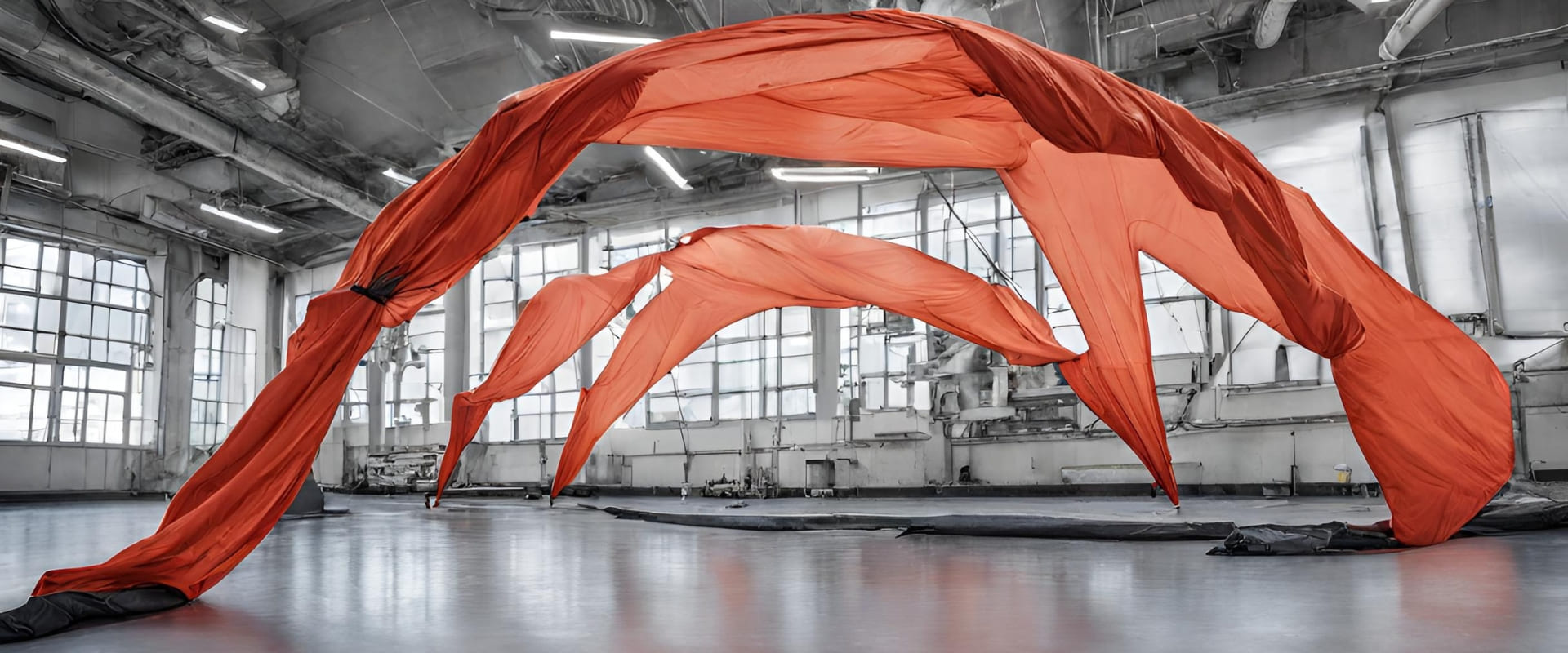Abstract
Permeability characterization is pivotal in assessing Technical Textiles for parachute use, influencing crucial factors like aerodynamic performance, controlled descent rates, canopy stability, wind resistance, and material selection. It ensures quality assurance in manufacturing, tailors textiles to environmental conditions, and fosters innovations in material design.
Blog
Permeability characterization of Technical Textiles is crucial in determining their suitability for applications such as parachutes. The Permeability of a Textile material is its ability to allow air or other gasses to pass through it. In the context of parachute design, this property is fundamental for the parachute's aerodynamic performance, stability, and control during descent. Here's how Permeability characterization plays a critical role:
- Aerodynamic Performance: The Permeability of a Parachute Textile influences how air flows through the material during descent. This property is crucial for regulating the airflow and optimizing the parachute's aerodynamic performance. A suitable balance between allowing controlled air passage and providing resistance is essential for stable descent.
- Descent Rate Control: Permeability characterization helps understand how variations in textile properties impact the descent rate of the parachute. This information is crucial for designing parachutes that achieve the desired descent speed, ensuring safe and controlled landings.
- Stability and Control: Permeability plays a key role in shaping and stabilizing the parachute's canopy. Characterizing permeability ensures that the textile allows for controlled inflation, maintaining the necessary aerofoil shape critical for stability and control during descent.
- Wind Penetration Resistance: Understanding how permeability affects wind penetration is important for assessing the parachute's resistance to varying wind conditions. A parachute with optimal permeability remains stable and controllable, even in the presence of winds, ensuring a safe descent.
- Material Selection for Canopy and Lines: Permeability characterization helps in selecting materials for both the parachute canopy and lines. Matching the permeability characteristics ensures that the entire parachute system is optimized for performance, durability, and safety.
- Quality Assurance: Regular permeability characterization during manufacturing ensures consistency in textile properties. This quality assurance is crucial for producing reliable and predictable parachute systems, reducing variability in performance.
- Innovations in Material Design: Permeability characterization supports ongoing research and innovation in developing advanced textiles. This includes textiles with tailored permeability profiles to address specific challenges, improve overall parachute performance, and introduce new capabilities.
- Predictive Analysis: Permeability data is crucial for accurate modeling and simulation of parachute behavior during descent. This predictive analysis allows designers to optimize parachute designs based on real-world performance data, improving safety and reliability.
In summary, permeability characterization is a multidimensional aspect that directly influences the design, performance, and adaptability of Technical Textiles in parachute applications. Understanding and optimizing permeability is crucial for achieving safe, controlled descents across a range of environmental conditions and operational requirements.



